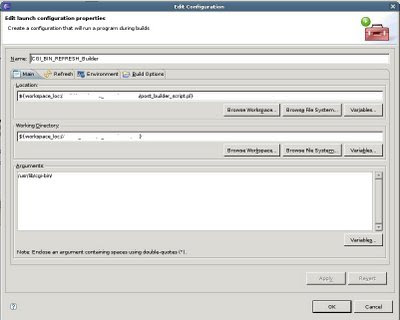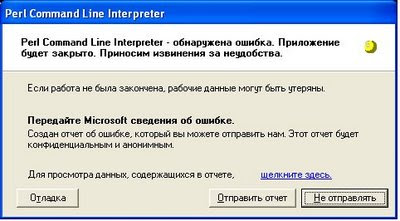4th Russian Summer School in Information Retrieval (RuSSIR 2010)
Monday September 13 - Saturday September 18, 2010
Voronezh, Russia
http://romip.ru/russir2010/eng/
FIRST CALL FOR COURSE PROPOSALS
The 4th Russian Summer School in Information Retrieval (RuSSIR 2010) will be held on September 13-18, 2010 in Voronezh, Russia, one of the major cities in south-western Russia. The mission of the school is to teach students about modern problems and methods in Information Retrieval; to stimulate scientific research in the field of Information Retrieval; and to create an opportunity for informal contacts among scientists, students and industry professionals. The Russian Conference for Young Scientists in Information Retrieval will be co-located with the school. RuSSIR 2010 will offer 4 or 5 courses and host approximately 100 participants. The working languages of the school are English (preferable) and Russian. The target audience of RuSSIR is advanced graduate and PhD students, post-doctoral researchers, academic and industrial researchers, and developers.
The RuSSIR 2010 Organizing Committee invites proposals for courses on a wide
range of IR-related topics, including but not limited to:
- IR theory and models
- IR architectures
- Algorithms and data structures for IR
- Text IR
- Multimedia (including music, speech, image, video) IR
- Natural language techniques for IR tasks
- User interfaces for IR
- Web IR (including duplicate detection, hyperlink analysis, query logs)
- Text mining, information and fact extraction
- Mobile applications for IR
- Dynamic media IR (blogs, news, WIKIs)
- Social IR (collaborative filtering, tagging, recommender systems)
- IR evaluation.
Each course should consist of five 90-minute-long sessions (normally in five consecutive days). The course may include both lectures and practical exercises in computer labs.
RuSSIR 2010 organizers will cover travel expenses and accommodations at the school for one lecturer per course, but there is no additional honorarium. The RuSSIR organizers would highly appreciate if, whenever possible, lecturers could find alternative funding to cover travel and accommodation expenses and indicate this possibility in the proposal.
Course proposals for RuSSIR 2010 must be submitted by email to Pavel Braslavski (pb@yandex-team.ru), by February 14, 2010. A course proposal should contain a brief description of the course (up to 200 words), preferred schedule, prerequisites, equipment needs, a short description of teaching/research experience and contact information of the lecturer(s). All proposals will be evaluated by the RuSSIR 2010 program committee according to the school goals, presentation clarity, lecturer’s qualifications and experience. Topics not featured at previous RuSSIRs are preferred. All submitters will be notified by March 1, 2010. Early informal inquiries about the school or the proposal evaluation process are encouraged.
About RuSSIR: The Russian Summer School in Information Retrieval is co-organized by the Russian Information Retrieval Evaluation Seminar (ROMIP) and Voronezh State University. Previous schools took place in Ekaterinburg, Taganrog, and
Petrozavodsk. Previous RuSSIR courses included IR Models (by Djoerd Hiemstra), Modeling Web Searcher Behavior and Interactions (by Eugene Agichtein), Computational Advertising (by James Shanahan), Text Mining, Information and Fact Extraction (by Marie-Francine Moens), Natural Language Processing for Information Access (by Horacio Saggion), Music IR (by Andreas Rauber), and other. Ricardo Baeza-Yates, VP of Research for Europe and Latin America at Yahoo, has confirmed as an invited lecturer for RuSSIR 2010 with the course 'Web data mining'.
About the RuSSIR 2010 location: Voronezh is a major city in southwestern Russia, spanning both sides of the Voronezh River, with population of 850,000. Express trains from Moscow to Voronezh take about 10 hours. There are also regular flights from Moscow, Munich, Prague, Tel-Aviv, and Istanbul. The town was founded in 1586. In the 17th century, Voronezh gradually evolved into a sizeable town, especially after Tsar Peter the Great built a dockyard in Voronezh. Currently, Voronezh is an administrative, economic and cultural center of the Voronezh region. Voronezh surrounding area has many attractions including archeological museum, nature and historical reserve Divnogorie, Kostomarovo cave monastery, Orlov trotter stud farm at Khrenovoe. Voronezh has a large student population: 37 institutions of higher education and 53 colleges educating over 127,000 students today. Voronezh State University was founded in 1918 and is one of the largest universities in Russia, with a total enrollment of 22,000.
Contacts
Use the e-mail address and substitute [at] with @ and [dot] with "." school[at]romip[dot]ru.



